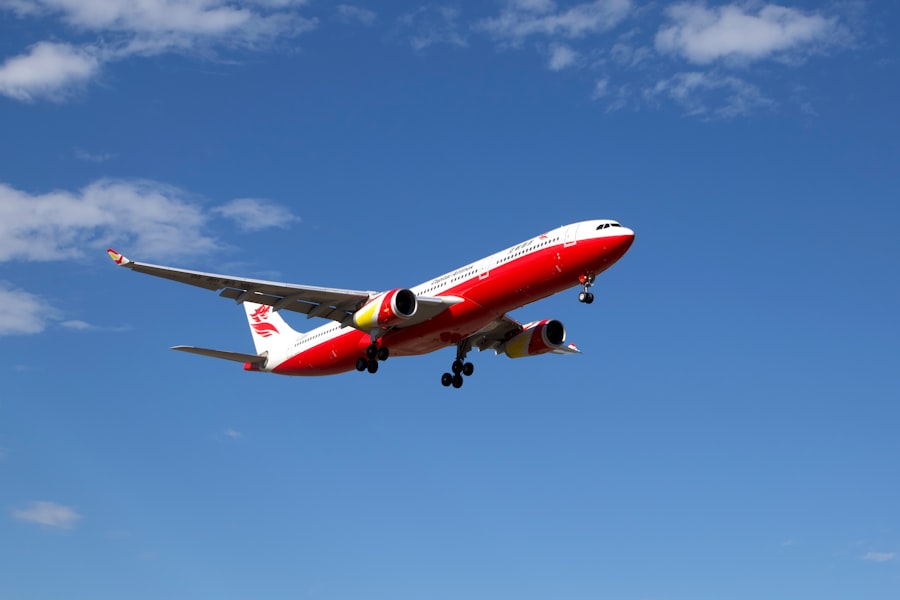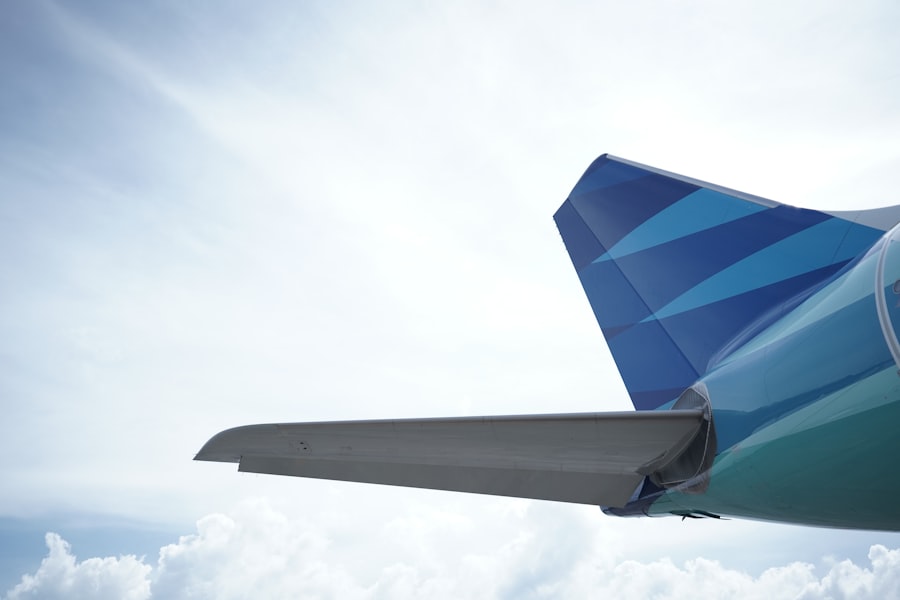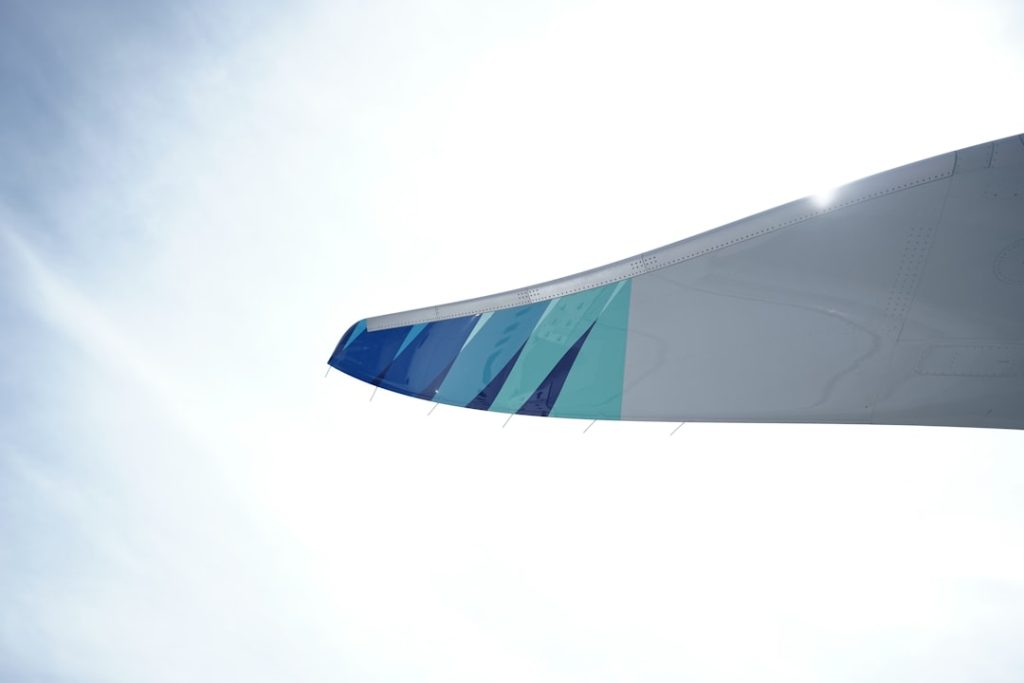The Airbus A330, a twin-engine wide-body aircraft, has become a cornerstone of modern aviation since its introduction in the early 1990s. Developed by Airbus Industrie, this aircraft was designed to meet the growing demand for long-haul travel while providing airlines with a versatile and efficient platform. The A330 family includes several variants, such as the A330-200 and A330-300, each tailored to different operational needs.
With its impressive range, capacity, and operational flexibility, the A330 has established itself as a favorite among airlines and passengers alike. The A330’s development was a response to the evolving landscape of air travel, where airlines sought to optimize their fleets for both efficiency and passenger comfort. The aircraft’s first flight took place in 1992, and it entered service shortly thereafter.
Since then, the A330 has undergone various upgrades and enhancements, including the introduction of the A330neo, which features more advanced engines and improved aerodynamics. This evolution reflects Airbus’s commitment to innovation and responsiveness to market demands, ensuring that the A330 remains competitive in an ever-changing industry.
Key Takeaways
- The Airbus Industrie A330 is a popular wide-body twin-engine jet airliner known for its efficiency and versatility in the commercial aviation industry.
- The A330 features a modern design with advanced aerodynamics, high bypass turbofan engines, and a spacious cabin layout, making it a preferred choice for long-haul flights.
- With its fuel-efficient engines and lightweight composite materials, the A330 has a lower environmental impact compared to other aircraft in its class.
- The A330 offers excellent operational efficiency and performance, including long-range capabilities, high reliability, and low maintenance requirements.
- Passengers enjoy a comfortable and well-designed cabin with spacious seating, advanced in-flight entertainment systems, and customizable interior options, enhancing the overall travel experience.
Design and Features of the A330
The design of the Airbus A330 is characterized by its sleek fuselage and distinctive wing shape, which contribute to its aerodynamic efficiency. The aircraft features a wide cabin that allows for various seating configurations, accommodating anywhere from 250 to over 400 passengers depending on the model and airline preferences. The A330-300 variant, for instance, is known for its extended fuselage, which provides additional seating capacity without compromising passenger comfort.
The aircraft’s wings are equipped with winglets that enhance lift and reduce drag, further improving fuel efficiency. In terms of technology, the A330 is equipped with advanced avionics systems that enhance safety and operational efficiency. The fly-by-wire control system allows for precise handling and reduces pilot workload, while the aircraft’s glass cockpit provides pilots with comprehensive situational awareness through digital displays.
Additionally, the A330 incorporates modern materials in its construction, such as composite materials in the wings and tail, which contribute to weight reduction and overall performance. These design features not only enhance the aircraft’s capabilities but also ensure that it meets stringent safety standards set by aviation authorities worldwide.
Fuel Efficiency and Environmental Impact

Fuel efficiency is a critical consideration in modern aviation, and the Airbus A330 has made significant strides in this area. The aircraft’s engines, particularly the Rolls-Royce Trent 700 and Pratt & Whitney PW4000 series, are designed to optimize fuel consumption while delivering robust performance. The A330neo variant further enhances this aspect with its new-generation engines, such as the Pratt & Whitney GTF or Rolls-Royce Trent 7000, which offer up to 14% better fuel efficiency compared to earlier models.
This improvement translates into lower operating costs for airlines and reduced carbon emissions per passenger mile. The environmental impact of aviation is a growing concern, and the A330 has been designed with sustainability in mind. The aircraft’s efficient fuel consumption directly contributes to lower greenhouse gas emissions, aligning with global efforts to mitigate climate change.
Furthermore, Airbus has committed to reducing its overall environmental footprint by implementing sustainable practices throughout its manufacturing processes. The use of lighter materials and advanced aerodynamics not only enhances fuel efficiency but also minimizes noise pollution during takeoff and landing, addressing community concerns around airports.
Operational Efficiency and Performance
| Metrics | Value |
|---|---|
| Overall Equipment Effectiveness (OEE) | 85% |
| Production Downtime | 2 hours |
| Cycle Time | 10 seconds |
| Throughput | 100 units/hour |
Operational efficiency is paramount for airlines seeking to maximize profitability while providing reliable service. The Airbus A330 excels in this regard due to its versatility in various flight operations. It is capable of serving both short-haul routes and long-haul international flights, making it an ideal choice for airlines looking to optimize their fleet utilization.
The aircraft’s range varies by model; for example, the A330-200 can fly up to 13,450 kilometers (7,250 nautical miles), allowing airlines to connect distant markets without requiring frequent refueling stops. In addition to its range capabilities, the A330’s performance characteristics contribute to its operational efficiency. The aircraft can operate from shorter runways compared to some of its competitors, enabling access to airports that may be less accessible for larger aircraft.
This flexibility allows airlines to tap into underserved markets and expand their route networks. Moreover, the A330’s reliability is well-documented; it boasts a high dispatch reliability rate, meaning that it is less likely to experience technical issues that could disrupt flight schedules. This reliability is crucial for maintaining customer satisfaction and operational integrity.
Passenger Comfort and Cabin Design
Passenger comfort is a key consideration in the design of the Airbus A330 cabin. The aircraft features a spacious interior layout that allows for various seating configurations tailored to different airline preferences. Airlines can choose between two-class or three-class configurations, with options for premium economy seating that enhances passenger experience on long-haul flights.
The cabin is designed with larger windows that allow more natural light in, creating a more pleasant atmosphere for travelers. In-flight amenities also play a significant role in passenger comfort on the A330. Many airlines equip their A330s with advanced entertainment systems that offer a wide selection of movies, music, and games, ensuring that passengers remain engaged during their journey.
Additionally, the cabin is designed with improved sound insulation and lighting systems that can be adjusted according to different phases of flight, further enhancing the overall travel experience. The combination of spacious seating arrangements and modern amenities makes the A330 a popular choice among travelers seeking comfort on long-distance flights.
Maintenance and Cost Efficiency

Maintenance considerations are critical for airlines operating any aircraft type, and the Airbus A330 has been designed with cost efficiency in mind. The aircraft’s modular design simplifies maintenance procedures, allowing for quicker turnaround times during servicing. This modularity means that components can be easily accessed and replaced without extensive disassembly of the aircraft structure.
As a result, airlines can minimize downtime and keep their fleets operational more effectively. Furthermore, the A330 benefits from a well-established support network provided by Airbus and its partners. This network ensures that spare parts are readily available and that maintenance personnel are trained in the latest procedures and technologies related to the aircraft.
The availability of comprehensive maintenance programs also helps airlines manage their operational costs effectively. By investing in preventive maintenance strategies and utilizing data analytics for predictive maintenance, airlines can further enhance the reliability of their A330 fleets while controlling costs associated with unscheduled repairs.
Market Success and Future Prospects
The market success of the Airbus A330 is evident through its widespread adoption by airlines around the globe. Since its introduction, more than 1,500 units have been delivered across various models, making it one of the best-selling wide-body aircraft in history. Its versatility has attracted a diverse range of operators, from low-cost carriers to full-service airlines, each leveraging the aircraft’s capabilities to meet their specific market demands.
Looking ahead, the future prospects for the A330 remain promising despite increasing competition from newer models such as the Boeing 787 Dreamliner and Airbus’s own A350 XWThe introduction of the A330neo has revitalized interest in this aircraft family by incorporating modern technologies that enhance fuel efficiency and performance while maintaining operational flexibility. As airlines continue to prioritize sustainability and cost-effectiveness in their fleet strategies, the A330’s proven track record positions it well for continued success in both passenger and cargo markets.
The Overall Efficiency of the Airbus Industrie A330
The Airbus Industrie A330 stands out as a remarkable achievement in aviation engineering, combining advanced design features with operational efficiency and passenger comfort. Its ability to adapt to various market needs while maintaining a focus on fuel efficiency and environmental responsibility underscores its relevance in today’s aviation landscape. As airlines navigate an increasingly competitive environment marked by evolving consumer preferences and regulatory pressures regarding sustainability, the A330’s blend of reliability, versatility, and cost-effectiveness ensures that it will remain a vital component of global air travel for years to come.
With ongoing advancements in technology and a commitment to enhancing passenger experiences, the Airbus A330 continues to evolve while retaining its core strengths. As airlines look toward future growth opportunities in both established markets and emerging routes, this aircraft will undoubtedly play a pivotal role in shaping the future of air travel.


